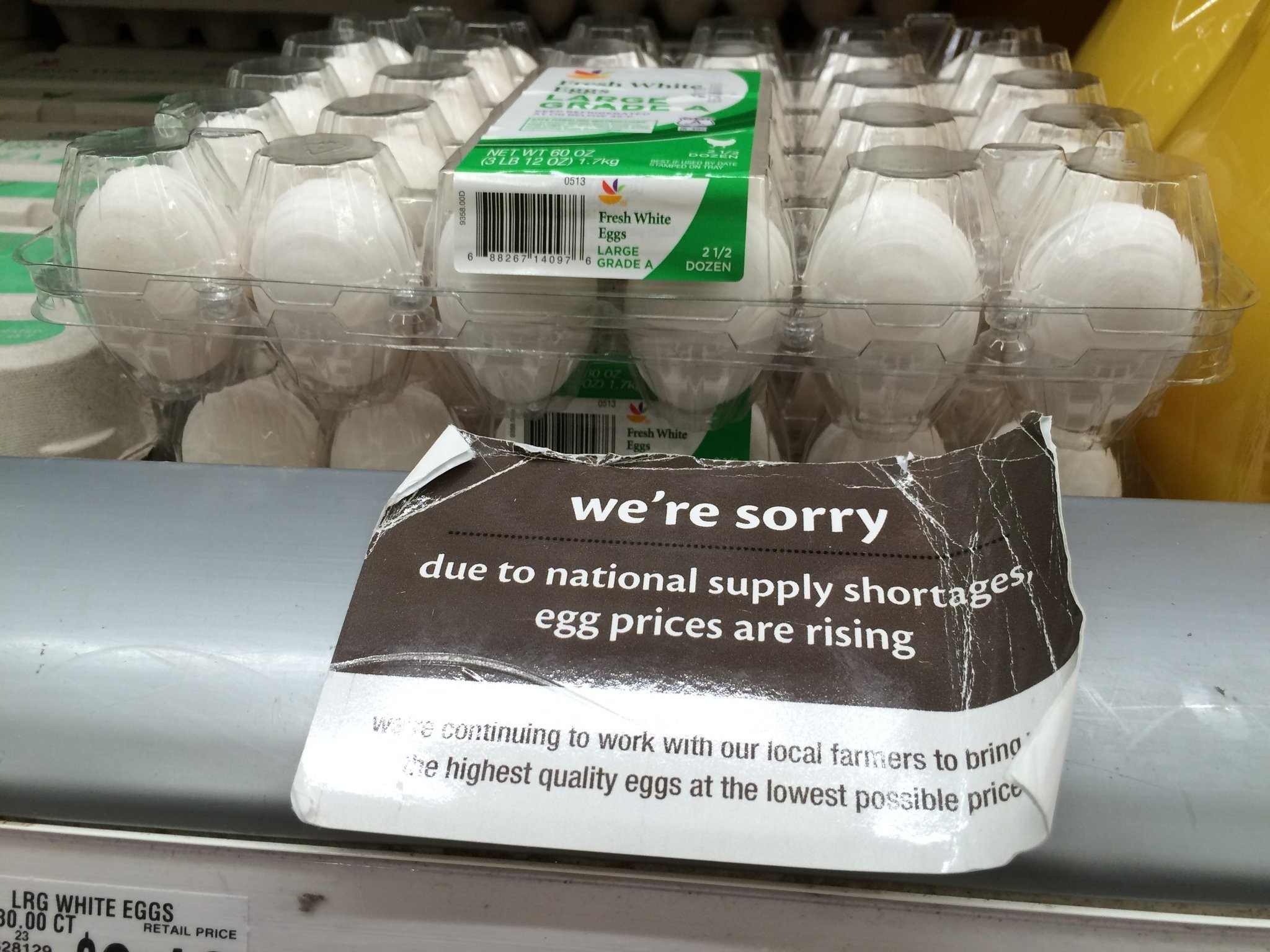National
National suspicions continue to mount as yet another food production facility goes up in smoke. Hillandale Farms located in Bozrah, Connecticut, caught fire around 1:00 p.m. on Saturday, January 28, and was extinguished later that night. The fire was said to be “300-400 feet wide and two stories tall.” One of the chicken coops was lost in the blaze, which resulted in the deaths of 100,000 chickens, amid a national egg shortage.
Located in the eastern part of the state in New London County, the incident attracted at least 20 fire departments from the surrounding areas. No employees were injured or killed.
The Connecticut Department of Agriculture said the effect of the chickens’ deaths on egg costs is projected to be “minimal to none,” but the incident adds itself to the conspicuously-growing list of farms and food processing facilities that have been damaged or destroyed or whose services have been interrupted by fires, disease, or other accidents over the past two years.
Since January 2021, a whopping 97 farms and facilities have experienced the same fate – or worse – as Hillandale Farms in nearby Connecticut. Notable cases have been the April 2022 disaster in Lancaster, Minnesota, wherein 1.3 million chickens were destroyed in one of the nation’s largest egg farms; a June 2022 day of “intense heat” that killed tens of thousands of cattle in Kansas; and an April 2022 incident of avian flu in Iowa, that resulted in the mass killing of 5.3 million poultry.
Bird flus aren’t uncommon, but many farmers don’t buy them, especially since many of their chickens don’t produce the amount of eggs they once did. Many point to the feed as the main correlation with low or nonexistent egg production. After being scrapped for organic trash, such as bread scraps and certain fruit peels, a more typical level of egg production is reassumed.
While an investigation into the Bozrah facility is ongoing, it leaves much to be answered about the mysterious circumstances surrounding our food production during a time of mass supply chain disruption and synthetic food production and marketing.
State
On Wednesday, February 1, Governor Kathy Hochul (D-NY) unveiled a $227 billion state budget addressing the migrant crisis and the city’s subpar subway system.
She plans to finance this, not through an increase in income tax, but rather an extension of a tax hike on large corporations for another three years, as well as “raising payroll taxes on downstate businesses that benefit” from the MTA. This could help the MTA cover its budget gap by almost $3 billion by 2025.
As for the migrant crisis, Hochulwants to commit over $1 billion to “reimburse local governments for a share of spending on emergency shelters for migrants.” The migrant crisis is starting to strain New York City’s resources further than should be pushed, including some migrants now protesting being removed from free hotel rooms to shelters.
New York City Mayor Eric Adams (D) lauds the Governor’s efforts but believes committing $500 million to the subway plan could “further strain our already-limited resources.”
Local – House Vote Tracker
Last week, Congressman Nick LaLota (R-NY01) swore in the newly-elected executive board of the Suffolk County Young Republicans at their annual installation dinner and awards ceremony.
This week, Congressman LaLota and Congressman Andrew Garbarino (R-NY02) cast votes in favor of two House bills that passed narrowly. One bill was to end the national emergency concerning COVID-19 declared by President Trump (R) on March 13, 2020. Eleven Democrats voted in favor of the bill, all but four against it. Four Democrats and three Republicans did not vote.
The other bill is called the SHOW UP Act, which requires federal workers to return to pre-pandemic telework levels so that “government agencies can best serve the American people







